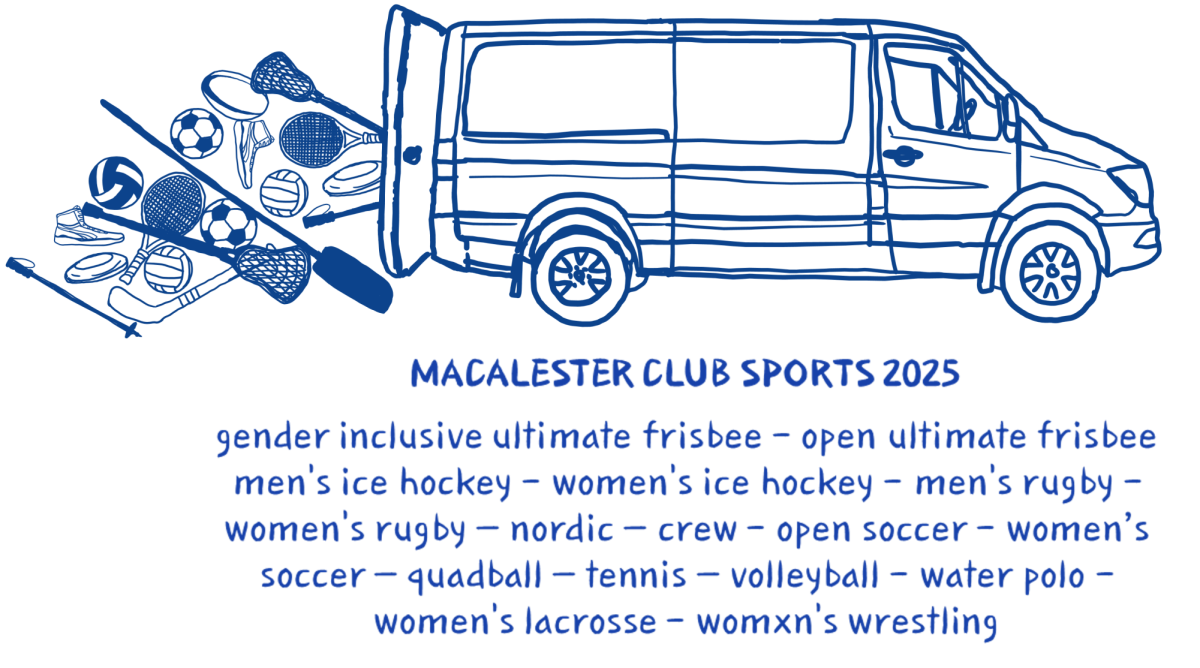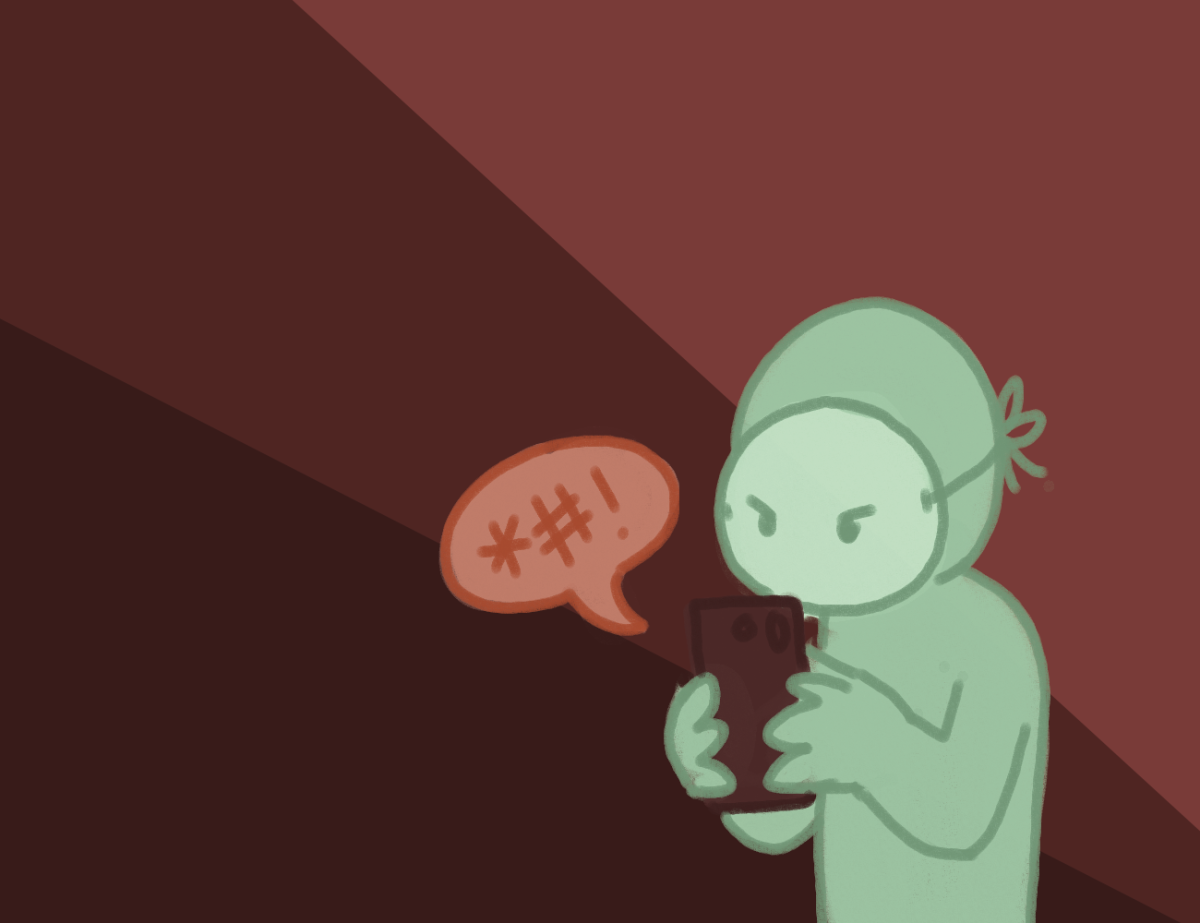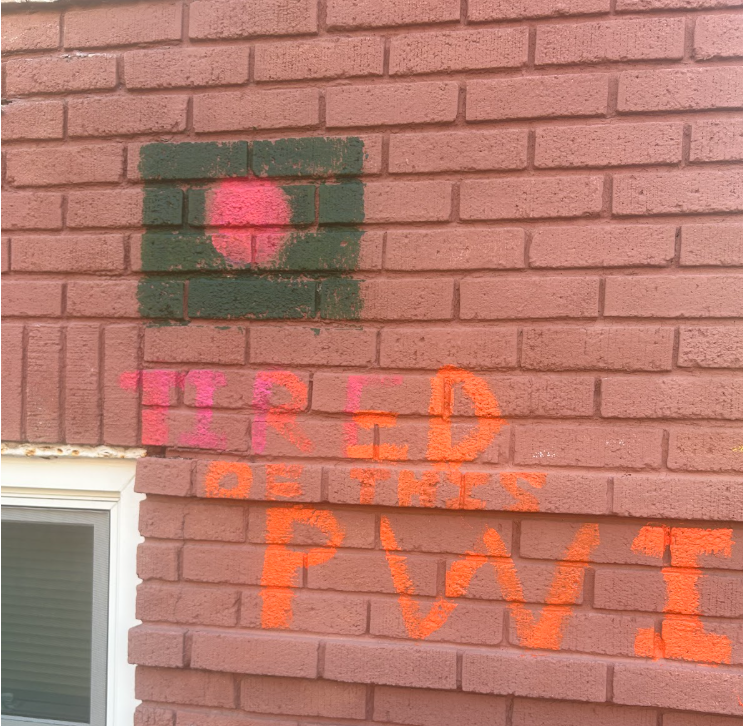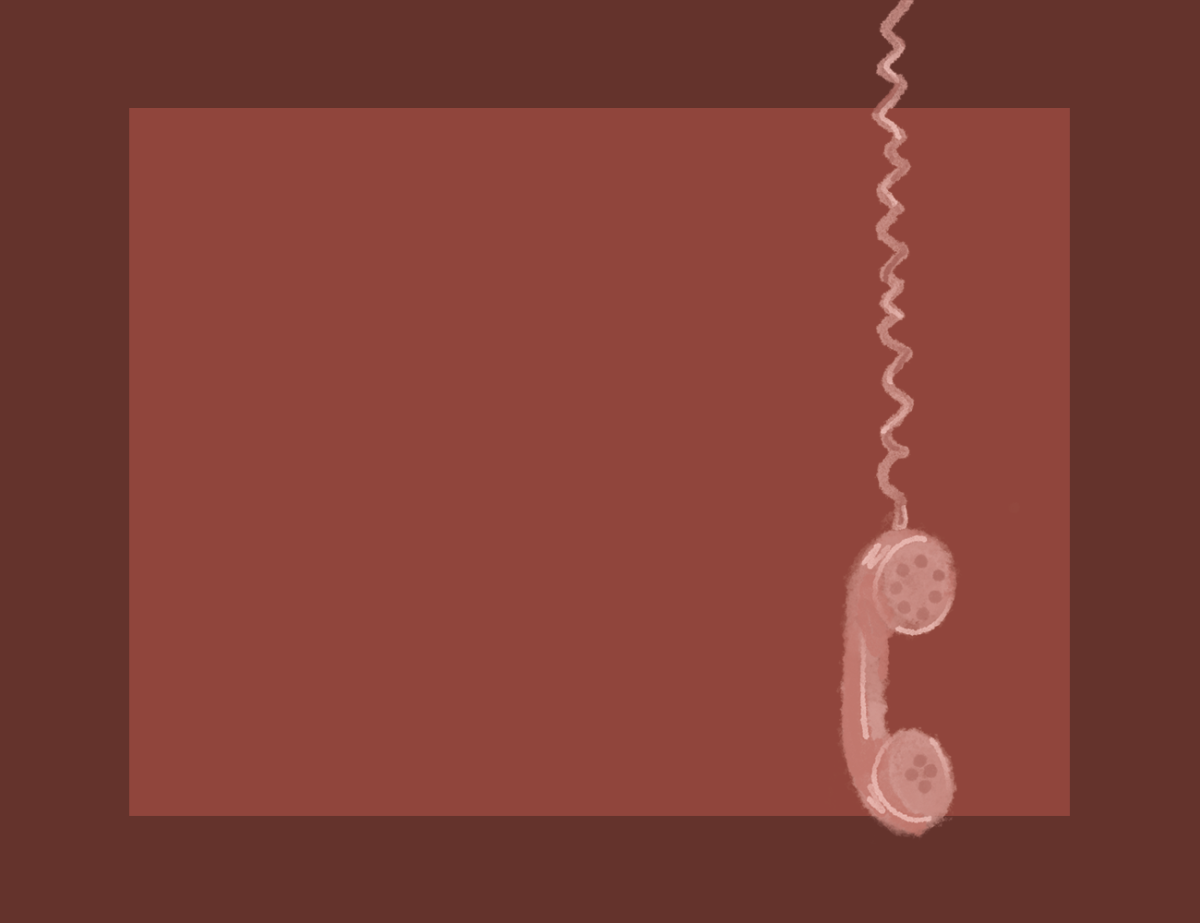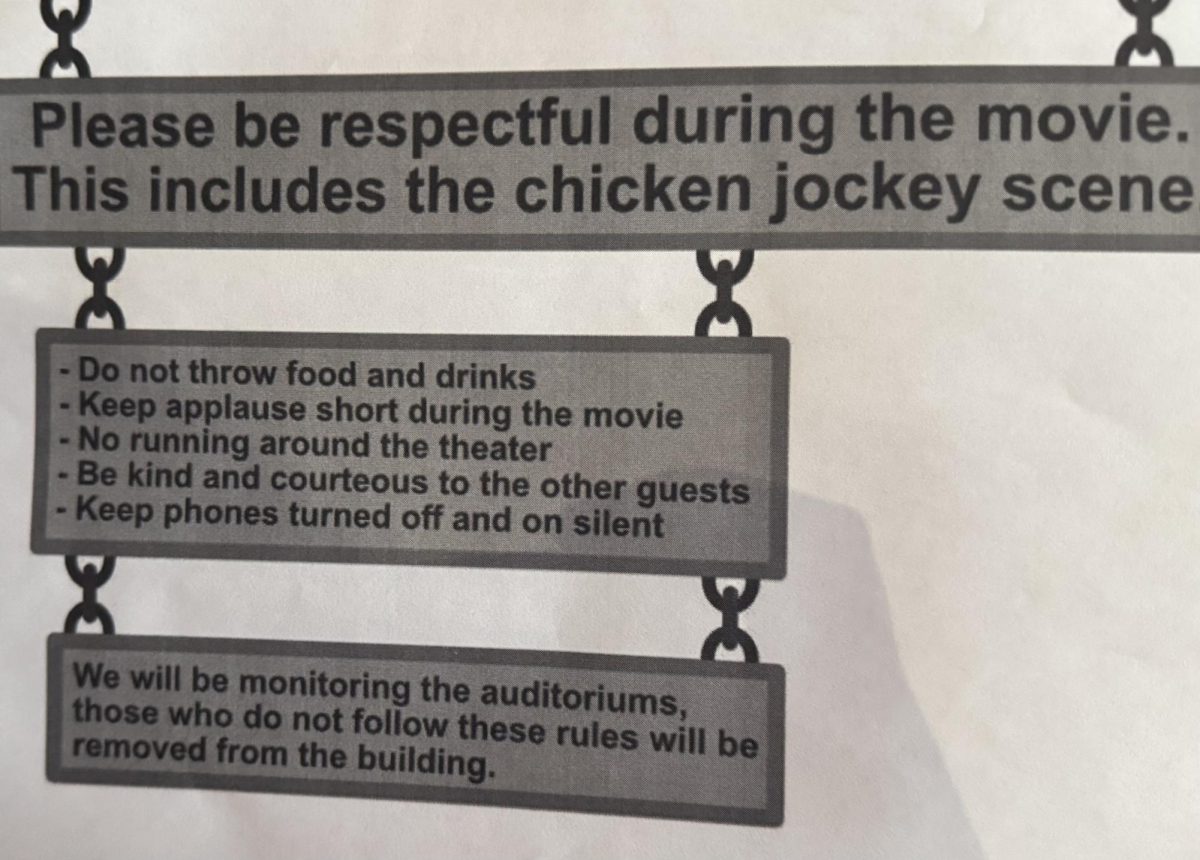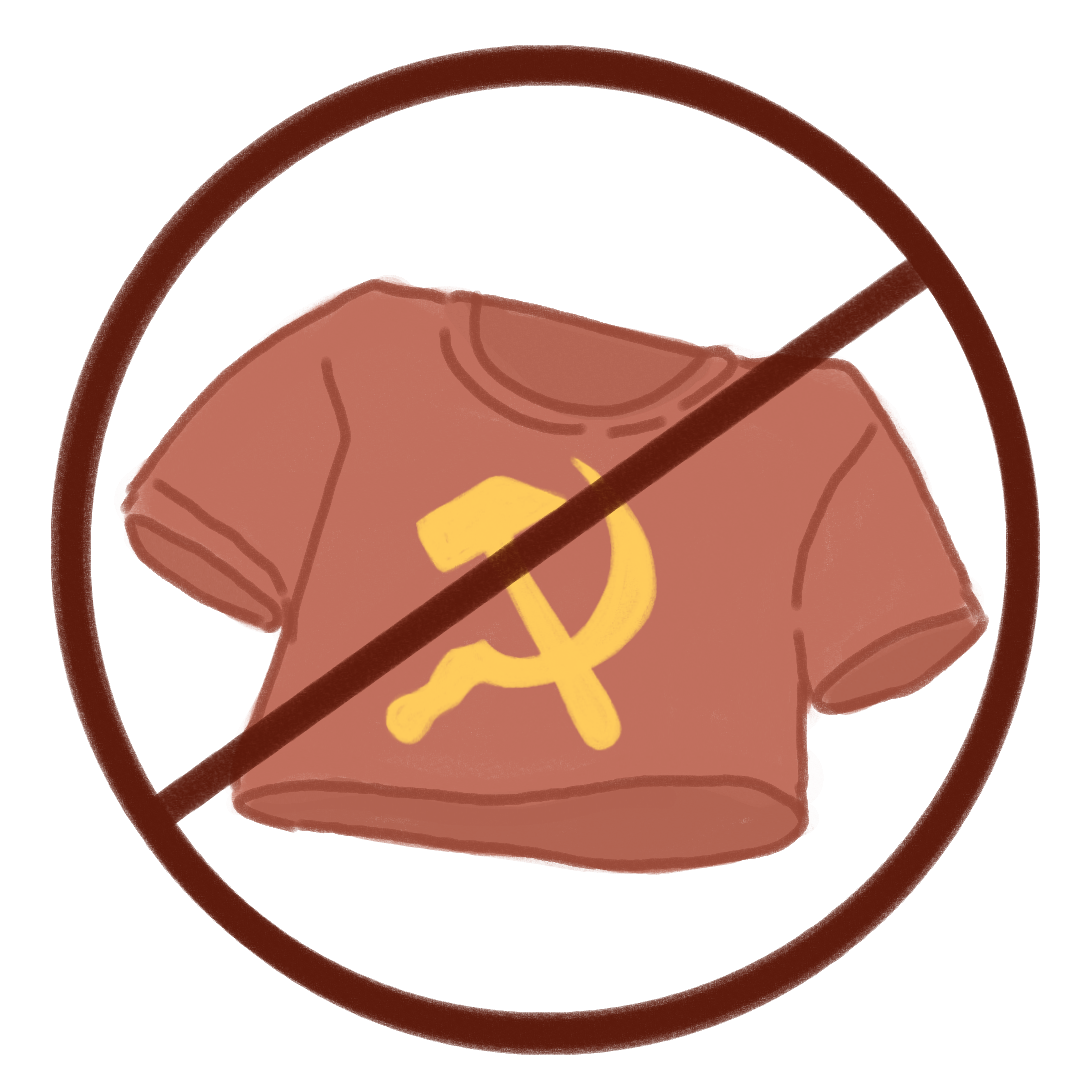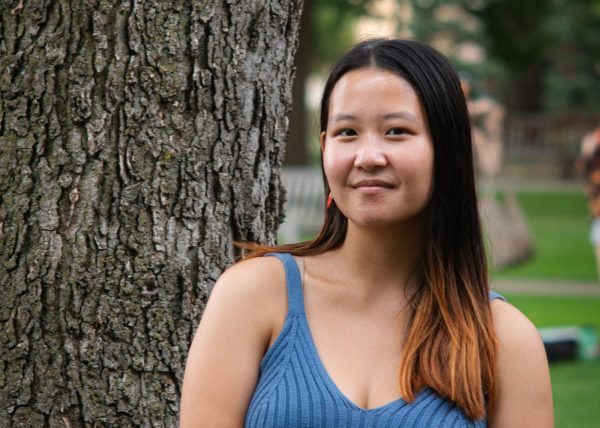Picture it with me. You’re standing in the forest, or in a grassland, or in a mangrove, at night. All is peaceful, quiet, serene. Then, you hear it. Some scrounging in a bush, the snap of a twig, a scuffle nearby. All of the sudden, a tiny shape darts by, running, well, faster than you. “Kee-wee, kee-wee,” it calls out.
If you stand still, and don’t make any sound, you might be able to spot the species that has become the avian symbol for New Zealand, so much so that New Zealanders have come to be called Kiwis themselves. Strange and tiny, there are five different species of kiwi in New Zealand today, and they have some shocking statistics, which do rather make one question how they’ve managed to make it this far at all.
Sadly, kiwis are extremely endangered, and humans are to blame. As I mentioned in the previous Animal Ascertations article, we are the main cause of declining environmental conditions and dwindling habitats of species all around the world. As the responsible party, I feel that we have a duty to learn more about the lives that we impact. Even if it’s in the form of fun facts and what I hope will be an entertaining piece, it’s important to remember that humans are now responsible for driving the evolution and extinction of most species on the planet today.
Despite conservation efforts, the kiwi population is decreasing at about 2% per year, which is approximately 20 of these little birds per week. So, let’s learn about these fascinating little birds before they’re gone.
If you aren’t fully mystified by the parasitic and horrifying nature of human childbirth, you certainly should be by the way in which kiwi have their young. On average, a kiwi egg amounts to 15% of its mother’s body weight, and can weigh up to a quarter of a female’s body mass. Imagine a 120 lb woman giving birth to a 24 lb baby, and you’ll be able to calibrate your level of horror.
Obviously, kiwi mothers can only carry one egg at a time, but despite this, only 5% of the eggs laid yield kiwis that make it all the way to adulthood. The males of the mated pair sit on the egg until it hatches, and the remains of the egg are used to sustain the chick. While this is not uncommon for species that lay eggs, I still feel the need to present to you the idea of drinking the amniotic fluid and eating the placenta for the first couple of months of your life.
Kiwis mate for life, and if a male is interested in a female, he will follow her around and grunt at her (no, I’m not making this up) until she decides whether or not she wants him. I guess this is like the kiwi version of catcalling? If the female kiwi doesn’t decide that the male pursuing her is up to her standards, she will either try to scare him off, or simply just run away from him! If only that worked on human men…
As nocturnal birds, kiwis have very poor eyesight. They are perpetually far sighted, which, for an animal that eats tiny, fast moving insects, doesn’t seem so ideal. They’re also colorblind, so at this point, why really even have eyes, you know?
Even more sad than their lack of eyesight is the size of their wings, as kiwi wings measure on average about 2-inches long in comparison to their 18-inch size. When they run, they run with their wings tucked in close to their sides, so yes, they’re basically just Naruto-running everywhere. But hey, most kiwis, particularly the females, can run faster than people, so maybe it’s working out for them.
Kiwis that do make it to adulthood can live up to 50 years, which is quite long! They are the smallest of the flightless bird species within their clade, or group of organisms descended from a common ancestor. Other birds in this clade – like ostriches and rheas — weigh in the mid-200 lbs and around 50 lbs respectively, while kiwis, comparatively, weigh a paltry 6.5 lbs.
Now in all honesty, kiwis do seem a little bit useless. This is because they have no natural predators, and the decline in their population is sadly entirely due to human colonization of their habitats. Rats, stoats and dogs — all introduced by humans — pick away at the kiwi population, and expansion of towns and cities in New Zealand further whittle away at their habitat.
A cherished national symbol, kiwis appear on the New Zealand one dollar coin, and on their Coat of Arms and Defense Force emblem. The native population of New Zealand, the Māori, honor the kiwis as protected by gods, and use their feathers for ceremonial cloaks. Though they are no longer able to hunt kiwis, they continue to collect the feathers to continue this tradition and practice.
There are currently five wildlife sanctuaries in New Zealand, started in 2000, dedicated to preserving the kiwis that remain, and ensuring no more kiwi species go extinct. Before humans arrived, kiwi populations were estimated to have been around 12 million, yet only 68,000 of these birds remain alive today.
You can learn more about kiwis and how to help protect them by looking up “Operation Nest Egg,” a program that helps kiwi chicks to make it into adulthood and re-integrate them into the wild.


